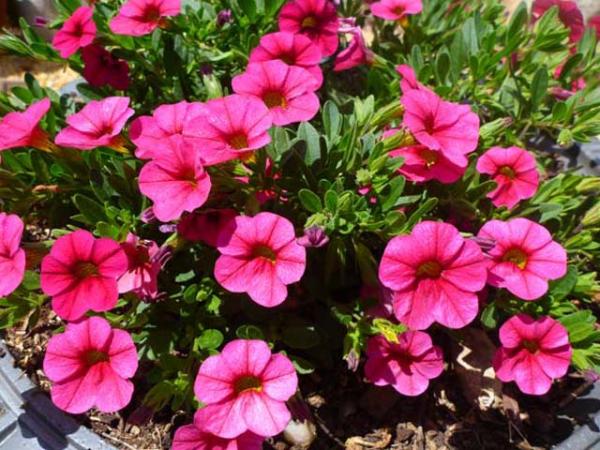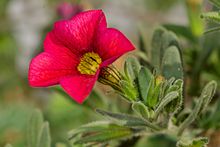Array
(
[0] => Array
(
[id] => 190
[is_published] => 1
[websiteID] => 5
[url] => /gardening/australian-native-trees.php
[page_status] => Published
[number_of_ads] => 5
[can_use_editor] => 1
[last_modified_date] => 2013-09-16 00:00:00
[last_modified_by] => Alan
[checked_for_duplicate_content] =>
[title] => Australian native trees
[heading] => Australian native trees
[meta_description] => Learn what Australian native trees you should I grow in your garden.
[article_category_1] => Gardening
[article_category_2] =>
[article_category_3] =>
[article_category_4] =>
[article_category_5] =>
[business_category_1] => Landscaper
[business_category_2] => Nursery
[business_category_3] => Garden Designer
[business_category_4] => Landscape Architect
[business_category_5] =>
[number_of_google_mrecs] =>
[show_google_ad_bottom_of_page] =>
[show_get_quotes_top_of_page] =>
[show_get_quotes_rhs_of_page] =>
[show_directory_search_widget] =>
[show_trending_content_widget] =>
[show_facebook_widget] =>
[show_further_reading_section] => 1
[show_sponsors_section] => 0
[show_top_article_ad] => 1
)
[1] => Array
(
[id] => 547
[is_published] => 1
[websiteID] => 5
[url] => /landscaping/too-much-rain.php
[page_status] => Published
[number_of_ads] => 2
[can_use_editor] => 1
[last_modified_date] => 2013-10-26 00:00:00
[last_modified_by] => Angela
[checked_for_duplicate_content] =>
[title] => Combating to much rain - 8 top tips
[heading] => Combating too much rain - 8 top tips
[meta_description] => Tips for the gardener on how to cope with lots of rain.
[article_category_1] => Landscaping
[article_category_2] =>
[article_category_3] =>
[article_category_4] =>
[article_category_5] =>
[business_category_1] => Landscaper
[business_category_2] => Nursery
[business_category_3] => Garden Designer
[business_category_4] => Landscape Architect
[business_category_5] =>
[number_of_google_mrecs] => 0
[show_google_ad_bottom_of_page] => 0
[show_get_quotes_top_of_page] => 0
[show_get_quotes_rhs_of_page] => 0
[show_directory_search_widget] => 1
[show_trending_content_widget] => 1
[show_facebook_widget] => 1
[show_further_reading_section] => 1
[show_sponsors_section] => 0
[show_top_article_ad] => 1
)
[2] => Array
(
[id] => 173
[is_published] => 1
[websiteID] => 5
[url] => /gardening/hedges.php
[page_status] => Published
[number_of_ads] => 4
[can_use_editor] => 1
[last_modified_date] => 2013-09-16 00:00:00
[last_modified_by] => Alan
[checked_for_duplicate_content] =>
[title] => Hedges
[heading] => Hedges
[meta_description] => This article explains how to care for and maintain your Australian hedge.
[article_category_1] => Gardening
[article_category_2] =>
[article_category_3] =>
[article_category_4] =>
[article_category_5] =>
[business_category_1] => Landscaper
[business_category_2] => Nursery
[business_category_3] => Garden Designer
[business_category_4] => Landscape Architect
[business_category_5] =>
[number_of_google_mrecs] => 1
[show_google_ad_bottom_of_page] => 1
[show_get_quotes_top_of_page] => 1
[show_get_quotes_rhs_of_page] => 1
[show_directory_search_widget] => 1
[show_trending_content_widget] => 1
[show_facebook_widget] => 1
[show_further_reading_section] => 1
[show_sponsors_section] => 1
[show_top_article_ad] => 1
)
[3] => Array
(
[id] => 432
[is_published] => 1
[websiteID] => 5
[url] => /gardening/plant-finder/plant-index.php
[page_status] => Published
[number_of_ads] => 4
[can_use_editor] => 0
[last_modified_date] => 2013-10-13 00:00:00
[last_modified_by] => Alan
[checked_for_duplicate_content] =>
[title] => Plant index (not used)
[heading] => Plant index (not used)
[meta_description] => (not used)
[article_category_1] => Gardening
[article_category_2] => Landscaping
[article_category_3] =>
[article_category_4] =>
[article_category_5] =>
[business_category_1] => Landscaper
[business_category_2] => Garden Maintenance
[business_category_3] => Garden Supplies
[business_category_4] =>
[business_category_5] =>
[number_of_google_mrecs] => 0
[show_google_ad_bottom_of_page] => 1
[show_get_quotes_top_of_page] => 1
[show_get_quotes_rhs_of_page] => 0
[show_directory_search_widget] => 0
[show_trending_content_widget] => 0
[show_facebook_widget] => 1
[show_further_reading_section] => 0
[show_sponsors_section] => 0
[show_top_article_ad] => 1
)
)
Plant description
Calibrachoa are evergreen, short-lived perennial plants, related to petunias. They have a compact, mounding or trailing habit and profuse flowering for a long period, all year round in warm climates. They come in single or double trumpet-shaped flowers in jewel-like colours. Great for container growing or in the garden, quick growing and low maintenance, they are very rewarding plants.
Calibrachoas grow best in full sun and with regular applications of fertiliser. Naturally compact, a light tip pruning will encourage even more dense growth. If the foliage begins to yellow, they may be iron deficient, or suffering from root rot. They don't like to be waterlogged. They are troubled by very few pests.
Calibrachoa has not been a part of our industry for very long; the first plants were described in 1989 and the first cultivars released in 1992. They originate from southern Brazil to Peru and Chile.
Additional plant information
Flowers
Flower colour: numerous
Flowering season: spring summer autumn
Plant size
Maximum height: 1 metres
Minimum height: 0.2 metres
Maximum width: 1.5 metres
Minimum width: 0.3 metres
Sunlight, frost & salt tolerance
This plant will tolerate full or partial sunlight.
Light frost tolerance.
Plant is salt tolerant.
Fauna attracting?
Not specified.
Climate
This plant species will grow in the following climates: temperate, subtropical, tropical.
Soil types & conditions
Loam: moist, well-drained.
Clay: moist, well-drained.
Sand: moist.
Soil pH: 5-6
Diseases
root rot if too wet
Miscellaneous information
Planting season: all.
Types of fertiliser: Good general purpose fertiliser.
Find a nursery
Search for another plant


